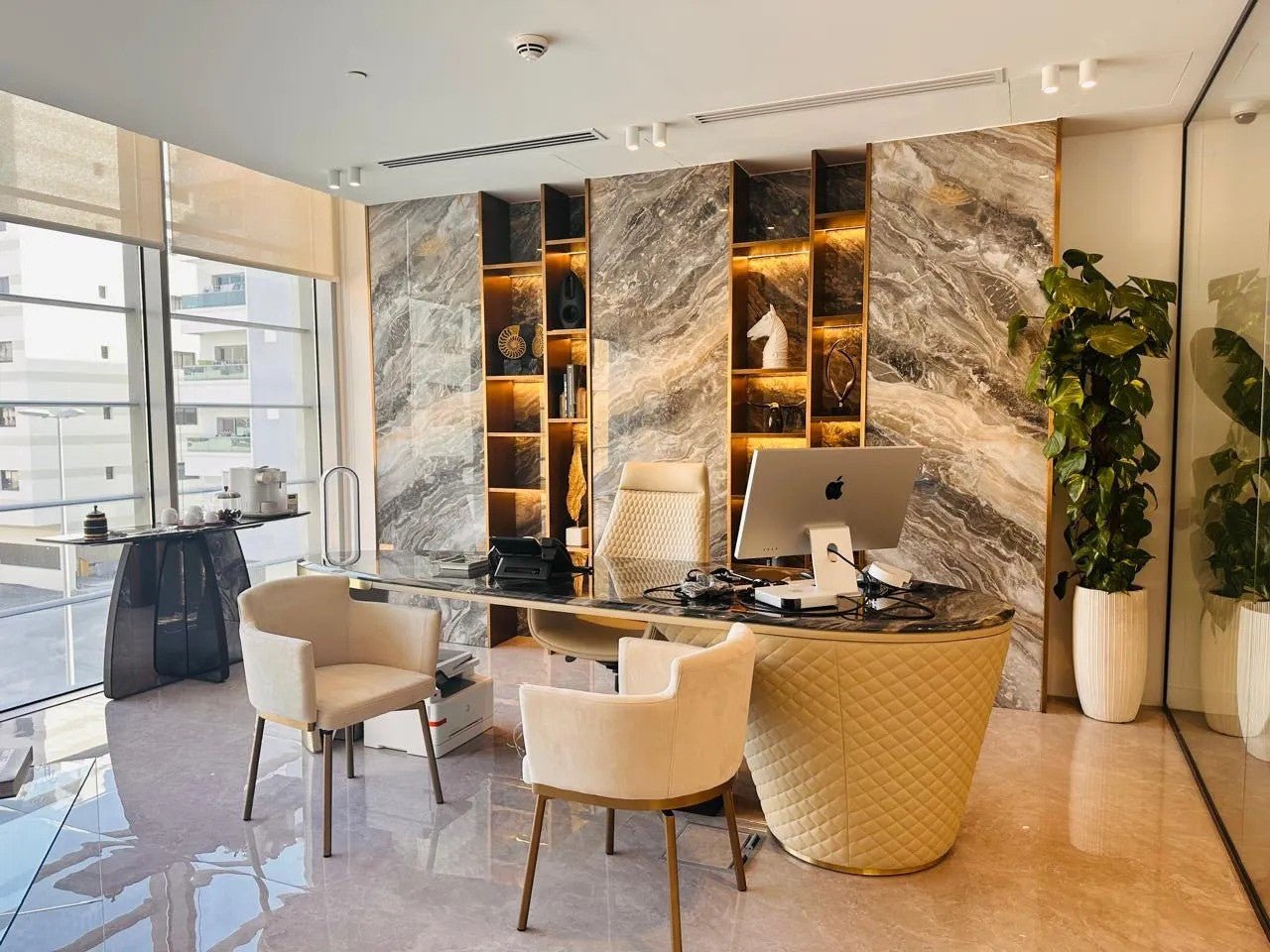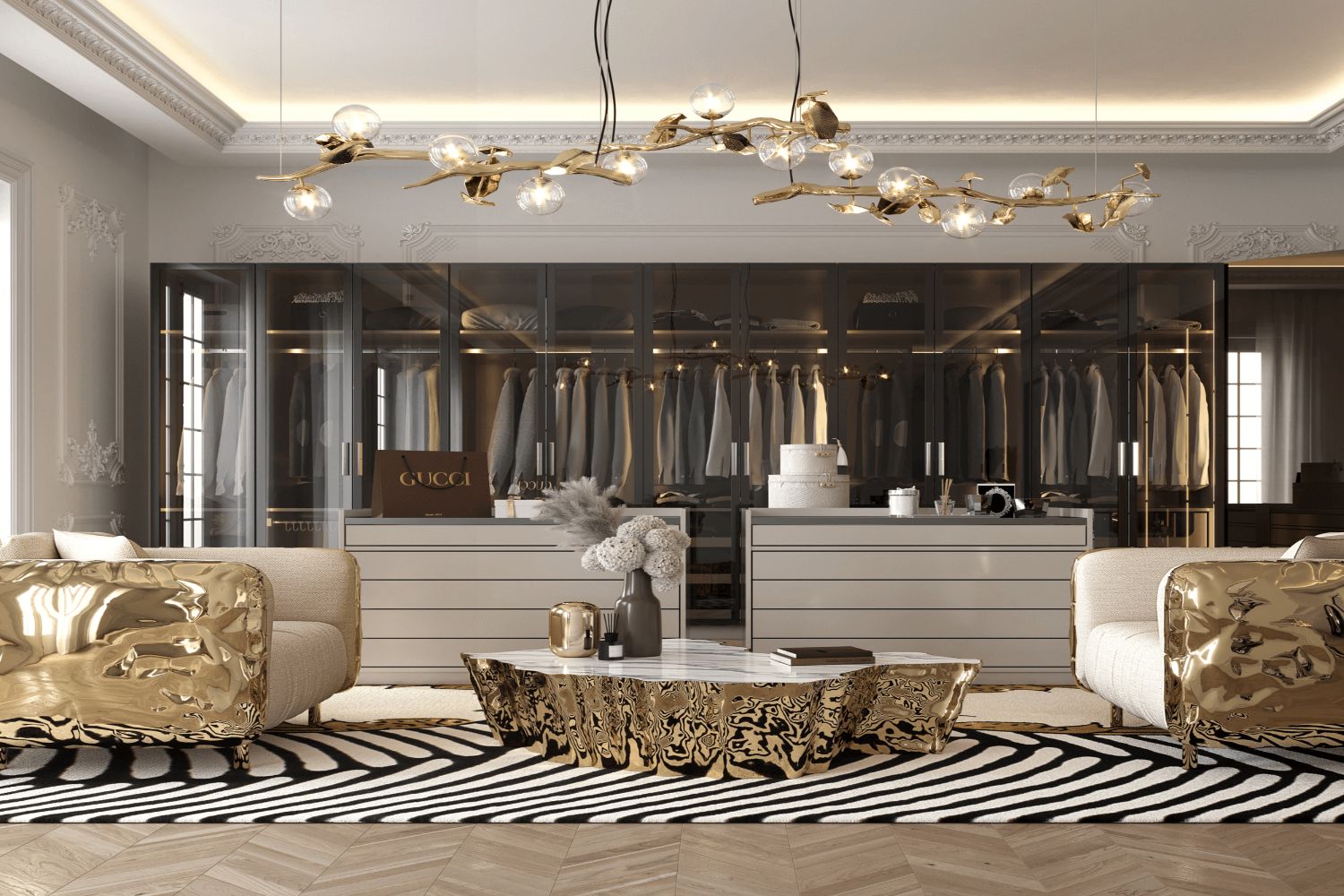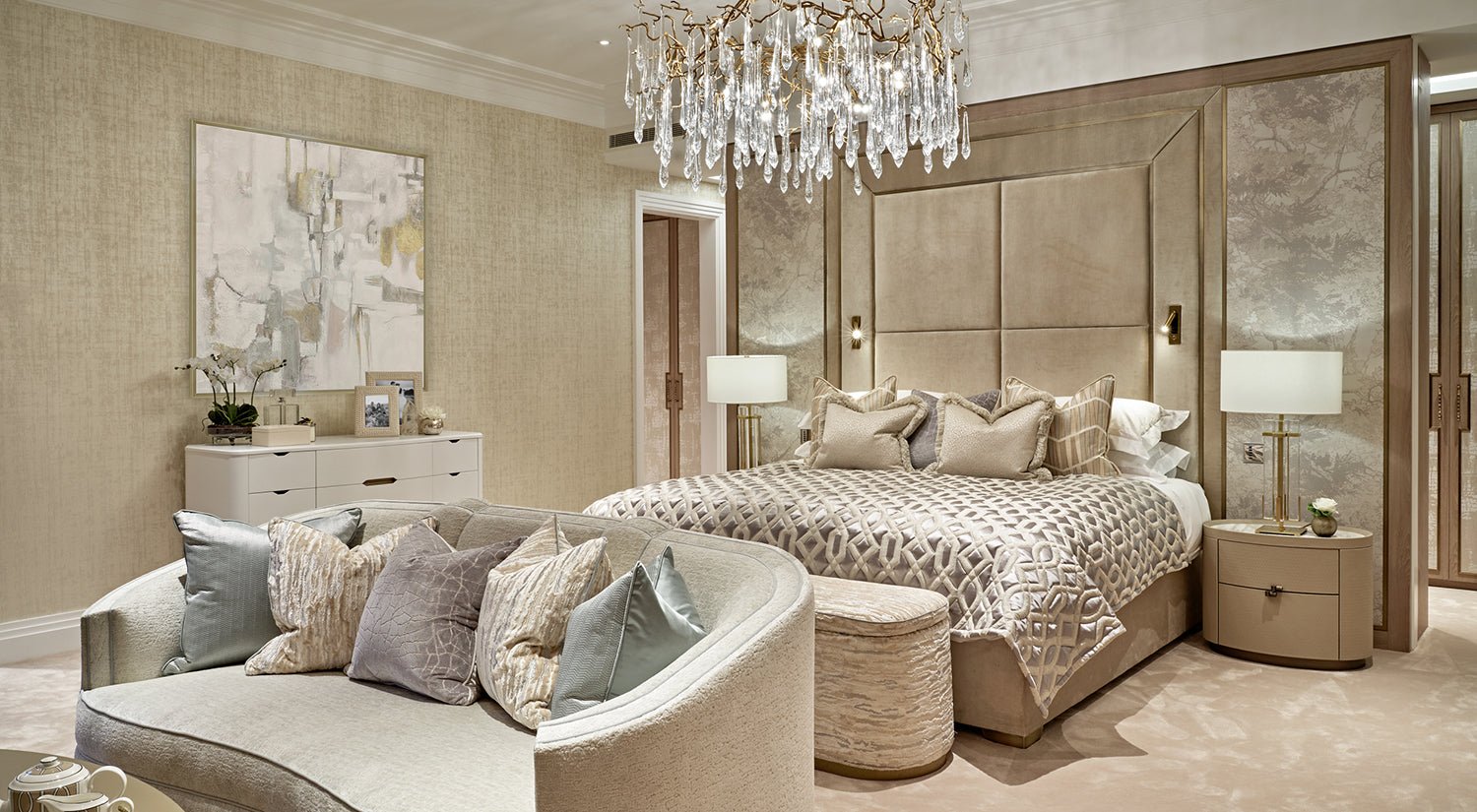The Style Evolution of the Marble Entry Table: From Ancient Rome to Modern America
First off, let's talk about the marble entry table. This piece isn't just a table; it's a slice of history you can add to your home. Originating from Ancient Rome, these tables were more than mere furniture. They were statements of wealth and power. The Romans were known for flaunting their riches, and a sleek marble entry table was the perfect way to do so. Fast forward to today, and the marble entry table has evolved. It’s no longer just a symbol of luxury but a versatile addition to the modern home. Whether it's holding your keys in the hallway or displaying cherished family photos, this table has found its place in various parts of the house. Plus, with its elegant look and timeless charm, it remains a favorite among interior design lovers seeking to add sophistication to their spaces. As we dive deeper into the style evolution of the marble entry table, keep in mind that this isn't just a functional piece of furniture; it’s a timeless item that has evolved alongside us for centuries.
Origins: Marble Entry Tables in Ancient Rome
Marble entry tables have roots that stretch back deep into Ancient Rome’s illustrious history. Imagine powerful Romans lounging in their grand villas, surrounded by the finest luxuries of their time. Among these, the marble entry table was a standout. It wasn’t merely a functional piece but a symbol of wealth and status. Crafted from exquisite marble, these tables served as the centerpiece for grand feasts and important gatherings. The Romans didn't just use them for display; they were a statement. Skilled Roman artisans transformed solid marble into breathtaking pieces, highlighting the intricate designs and natural beauty of the stone. This tradition of luxury and craftsmanship laid the foundation for the enduring popularity of marble entry tables, evolving over the centuries into the sleek, modern designs we see in homes today.
The Renaissance Revival and Marble Entry Tables
During the Renaissance Revival, marble entry tables experienced a significant resurgence. Artists and craftsmen from this era drew heavy inspiration from the classical beauty of Ancient Greece and Rome, infusing that ancient elegance into their works. Marble entry tables became a blend of utility and artistry, symbolizing both form and function. During this period, these tables returned to the spotlight, showcasing elaborate designs with intricate carvings that paid homage to the grandeur of the past. These tables weren’t just furniture; they were symbols of wealth and culture. Typically found in the homes of the affluent, marble entry tables during this time featured sturdy columns, detailed bases, and motifs that reflected the period’s architectural and artistic revival. The Renaissance elevated the marble entry table from a utilitarian piece to a remarkable work of art, solidifying its place in the history of furniture.
The Marble Entry Table in 18th and 19th Century Europe
In the 18th and 19th centuries, marble entry tables were more than mere furniture; they became symbols of sophistication and wealth across Europe. During this time, artisans meticulously crafted these tables with intricate designs, often incorporating elaborate legs and bases inspired by Rococo and Neoclassical styles. Not only were these tables functional, but they also reflected the owner’s status, often displayed in the lavish homes of the aristocracy. Marble, a luxurious and durable material, was favored for its beauty and strength. The marble's unique colors and patterns gave each table a distinct personality, turning them into more than just a place to set items but rather pieces of art. Whether for showcasing vases or sculptures, marble entry tables played a central role in European decor, epitomizing the grandeur and refined taste of their owners.
Crossing the Atlantic: Marble Entry Tables in American Homes
Marble entry tables made their way across the Atlantic with European influences, taking on new forms and purposes in American homes. Initially a symbol of wealth and sophistication in Ancient Rome, they found a fresh context in the New World, adapting to the tastes and practical needs of American interiors. By the 18th century, the American elite embraced marble as a symbol of luxury, incorporating marble entry tables into their homes to reflect European refinement. Over time, these tables became simpler, mirroring the American penchant for practicality while still preserving their elegance. Today, these tables seamlessly blend modern design with their rich heritage, fitting effortlessly into homes ranging from opulent to minimalist. Marble entry tables are not just functional items; they are pieces of history, carefully adapted to contemporary living.
Art Deco and Mid-20th Century: A Turning Point for Marble Entry Tables
During the glamorous Art Deco era of the 1920s and 1930s, marble entry tables took on a new level of opulence. Designers of the time embraced bold geometric patterns and luxurious materials, transforming these tables into statement pieces for the wealthy. With their sleek lines and marble tops, often paired with metal bases in polished brass or chrome, these tables mirrored the era’s love of modernity and luxury. Moving into the mid-20th century, the mid-century modern movement introduced a shift. The focus moved from lavish ornamentation to simplicity and functionality. Marble remained a favorite due to its timeless appeal, but the ornate decorations of the past were replaced with clean lines and a focus on natural materials. These periods marked turning points in the evolution of the marble entry table, shaping it into a versatile piece of furniture that could fit into a wide range of design styles, from extravagant to minimalist.
The Modern Marble Entry Table: Trends and Influences
Today, the modern marble entry table makes a bold statement in any room it occupies. This trend blends form with function, appealing to contemporary sensibilities. Designers draw inspiration from a wide range of sources, including minimalist styles, geometric shapes, and a blend of vintage and futuristic elements. Marble itself has evolved, with tables available in various colors, including classic white, dramatic black, and even shades of pink and green. Finishes vary, with options for sleek polished surfaces or honed matte finishes for a more natural appearance. The shapes have also become more adventurous, straying from the traditional rectangle to include circles, ovals, and abstract forms that captivate the eye. These trends are driven by a desire for luxury, durability, and personalized home decor. Today’s buyers seek unique pieces that reflect their individual style, and the modern marble entry table fits the bill perfectly.
How Marble Entry Tables Complement Today's Interior Design
Marble entry tables have made a strong comeback, seamlessly integrating into modern interior design. Their enduring elegance and durability make them a popular choice among homeowners and designers alike. So, why do they fit so well in today’s homes? First, their sleek, minimalist design. The natural patterns in the marble bring sophistication to a room without overpowering it. They are incredibly versatile, fitting in with a variety of interior styles, whether you’re embracing a modern chic, rustic, or eclectic vibe. These tables serve multiple purposes: from a welcoming entryway piece to a practical surface for books and decorative items in living rooms. Additionally, their reflective surfaces brighten spaces and create the illusion of a larger room. Overall, a marble entry table is an excellent choice for anyone looking to add both functionality and flair to their home.
Caring for Your Marble Entry Table: Tips and Tricks
Marble entry tables are like the refined, sophisticated companion that effortlessly elevates any room. However, keeping them in top condition requires a little attention. First, always use coasters to protect the surface from unsightly drink rings. In the event of spills, clean them up quickly, as acidic substances like lemon juice and vinegar can etch the marble and dull its finish. For cleaning, avoid harsh chemicals; instead, use warm, soapy water and a soft cloth. Dry the surface gently afterward to prevent water spots. If your table loses its shine over time, a marble polish can restore its luster. While marble is a durable material, it does require some care to maintain its beauty. Treat it well, and it will remain a stunning centerpiece in your home for years to come.
Conclusion: The Timeless Appeal of Marble Entry Tables
Marble entry tables have withstood the test of time, evolving from the luxurious halls of Ancient Rome to becoming a staple in modern American homes. What makes them timeless is their unmatched elegance and versatility. Whether they’re holding keys in the entryway, displaying family photos in the hallway, or acting as a bold focal point in the living room, these tables can complement any interior. Over the centuries, marble entry tables have adapted to changing tastes, yet their core characteristics—durability, elegance, and function—remain unchanged. The fact that we continue to celebrate and embrace marble entry tables today speaks to their enduring appeal. They have transcended being just functional furniture; they are statements, pieces of history, and testaments to refined style. Investing in a marble entry table is not just acquiring furniture; it’s embracing a timeless element that has captivated generations.





